AWF Celebrates World Migratory Bird Day
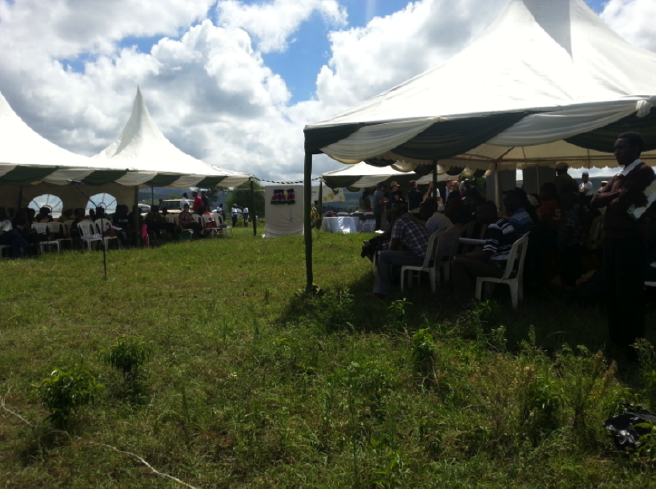
Back in May—on the 11th to be precise—I participated in the World Migratory Day celebration on behalf of AWF. Although it’s been some time, I felt I wanted to share all the excitement and activity surrounding this day.
Launched in Kenya in 2006, the World Migratory Bird Day is organized by the Convention on Migratory Species (CMS) and African-Eurasian Migratory Water Bird Agreement (AEWA)—two inter-governmental wildlife treaties administered by UNEP. This day is celebrated in many countries with emphasis on highlighting the importance of ecological networks for the survival of migratory birds, the human networks dedicated to their conservation, and threats they face as well as the need for more international cooperation to conserve them.
Migratory birds such as flamingos, storks, cranes, eagles, and others travel many miles across countries and even continents in search of conducive environments pegged on seasonality and habits. This migration in search of conducive habitats for certain activities including brooding, gives natives of certain areas a chance to enjoy the scenic beauty and glamour that comes with the birds. However in the recent past, this migration has been met with many challenges that, unless actions are put in place, may cause it to be a thing of the past. This is because of the dangers encountered by the birds during migration mostly, which are human induced such as accidents in electrical power lines, encroachment on the habitats, destroying of habitats by pollution, etc.
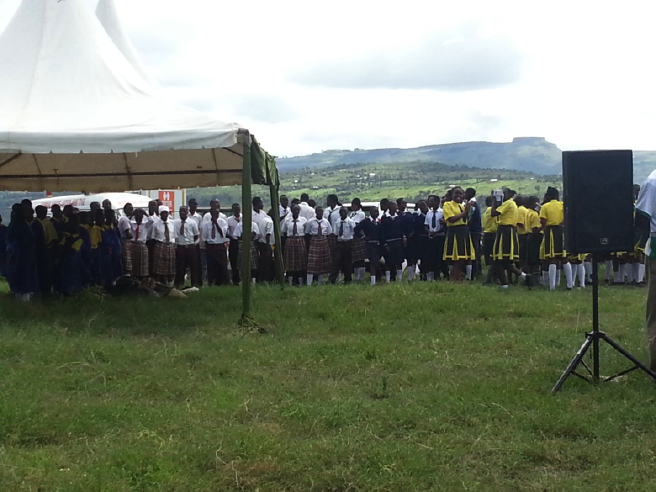
The theme of this celebration was to enhance awareness on the dangers that these birds are subjected to by our human activities and inform the public on best practices to ensure that actions that endanger these birds are minimized. These activities include protection of habitats where they nest on transit, reduced poaching, protection of catchment areas where the rivers that drain in the lakes and marshy areas that house them, and reduced pollution in their habitats.
Officials from UNEP Gigiri office, the Ugandan ambassador, and other dignitaries from conservation bodies and foreign envoys graced this year’s celebration. All the groups reiterated the need to protect the Mau catchment and restoration of the rivers that drain into the three lakes that constitute the central rift network.
In his global message to mark the day, UN secretary general, Ban Ki-moon called for greater international efforts to restore and preserve migratory birds and the network of sites they need to survive as an important part of the environment.
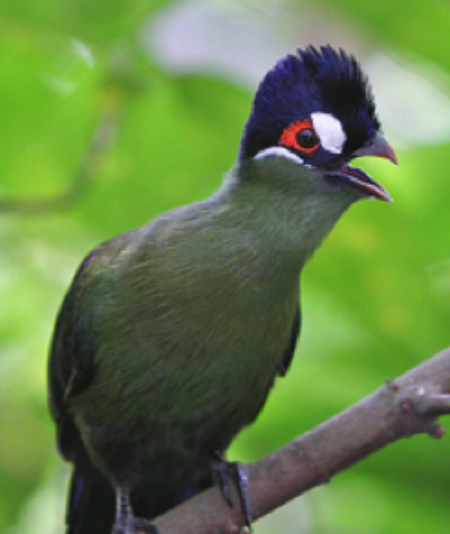
Significance of AWF in the celebration
The International World Bird Day Central Rift Chapter provided an ample opportunity for members of the public, students, policy makers, media, and conservation organizations to interact and ask questions concerning conservation in general, and specific to birds and other wild animals. For the students and the younger generation, emphasis was that birds are important in the ecosystem because they are the environmental indicators of a clean and healthy environment. Some endemic birds to Mau include: Hartlaub’s turaco, (Turaco hartlaubi), Jackson’s francolin (Francolin jacksoni), Hunters cisticola (Cisticola hunter).
As a stakeholder we participated for the spirit of informing the public of our presence in the region, our activities, and what we have done elsewhere so as to create a good avenue of interaction and support in achieving our overall objectives of conservation. It is evident the area across Mau is losing birds to cultural practices of initiation among the local ethnic groups—on average 40,00 initiates kill about 200 birds annually which is threatening the existence of some key birds in the area. This initiation that involves graduating of male young adults into adults (popularly known as ‘morans within the groups).
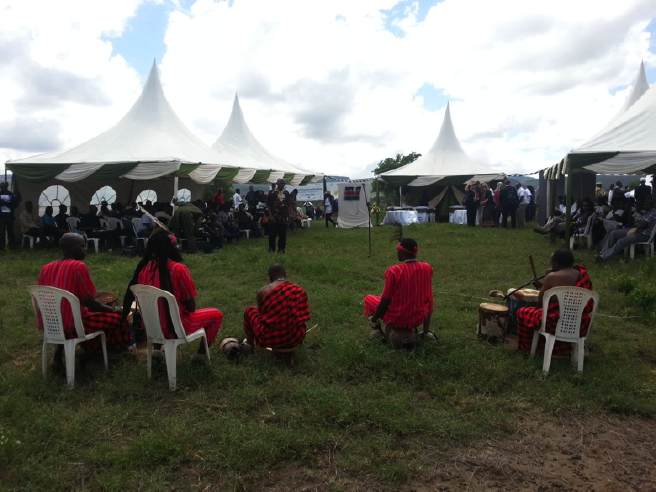
We heighted the roles the Mau forest complex plays in the overall ecosystem to enlighten the public and further enhance the sensitization of the importance of Mau conservation. The ecological services provided by the forest include:
- River flow regulation;
- Flood mitigation;
- Water storage;
- Recharge of groundwater;
- Reduced soil erosion and siltation;
- Water purification;
- Promoting biodiversity;
- Micro‐climate regulation; and,
- Nutrient cycling and soil formation.
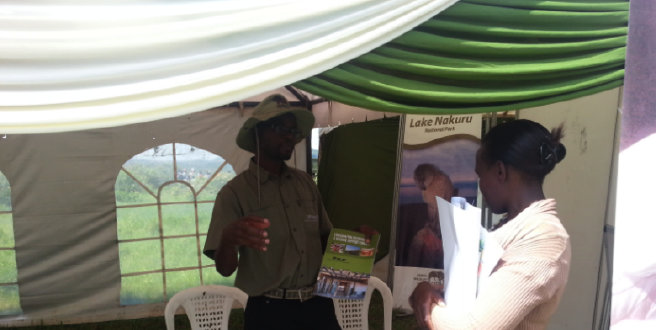
The AWF team brought in perspective the eminent effects of the degradation that has been rampant defined the area for some time. Some of the key effects already being witnessed due to degradation include: (1)the main aquifer in Nakuru has been lowered by 100 meters in 10 years and (2) the four main rivers feeding the Lake Nakuru were perennial – they are now seasonal.
In general the entire The Mau Forest Complex together with its diverse animal and plant life forms is currently under threat. The main courses of degradation that threaten the forest include: conversion of forest land into settlements, illegal forest resource extraction, fires, and overgrazing.
We crowned the day by reiterating the need to protect the Mau catchment and restoration of the rivers that drain into the three lakes that constitute the central rift network to the many visitors that visited our stand.
Join us on Facebook to see stunning photographs of some of these beautiful birds, in our gallery.
